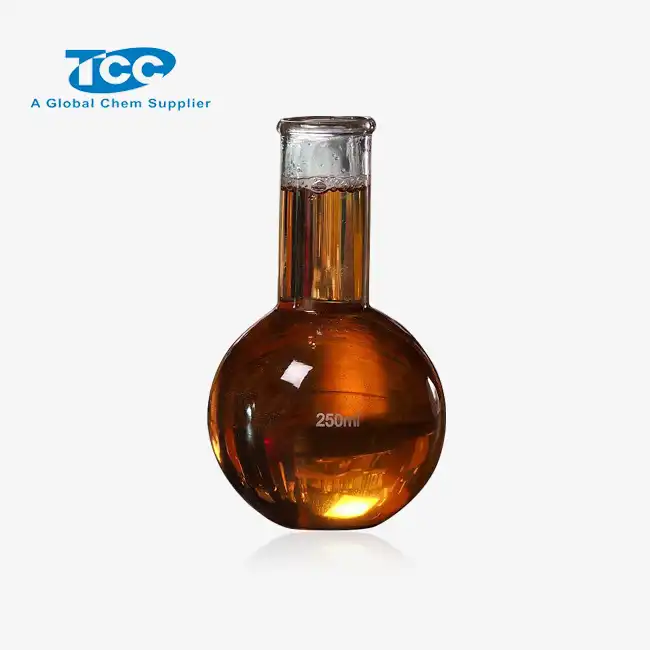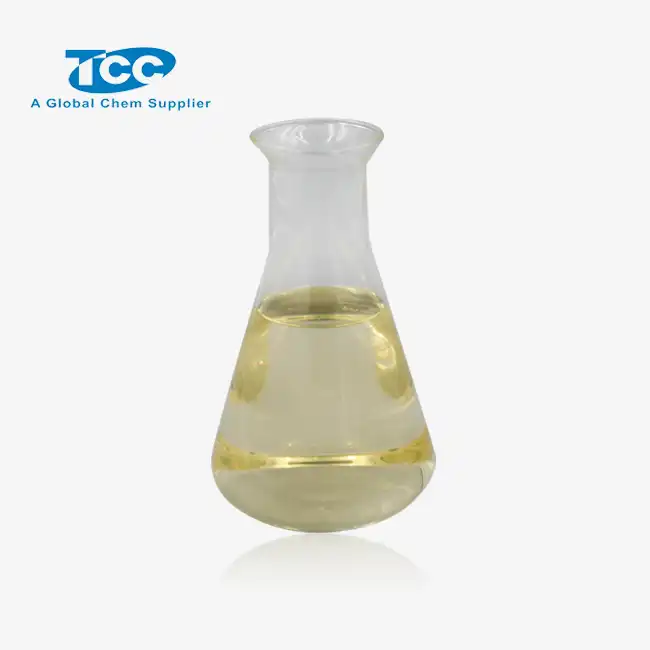- English
- French
- German
- Portuguese
- Spanish
- Russian
- Japanese
- Korean
- Arabic
- Greek
- German
- Turkish
- Italian
- Danish
- Romanian
- Indonesian
- Czech
- Afrikaans
- Swedish
- Polish
- Basque
- Catalan
- Esperanto
- Hindi
- Lao
- Albanian
- Amharic
- Armenian
- Azerbaijani
- Belarusian
- Bengali
- Bosnian
- Bulgarian
- Cebuano
- Chichewa
- Corsican
- Croatian
- Dutch
- Estonian
- Filipino
- Finnish
- Frisian
- Galician
- Georgian
- Gujarati
- Haitian
- Hausa
- Hawaiian
- Hebrew
- Hmong
- Hungarian
- Icelandic
- Igbo
- Javanese
- Kannada
- Kazakh
- Khmer
- Kurdish
- Kyrgyz
- Latin
- Latvian
- Lithuanian
- Luxembou..
- Macedonian
- Malagasy
- Malay
- Malayalam
- Maltese
- Maori
- Marathi
- Mongolian
- Burmese
- Nepali
- Norwegian
- Pashto
- Persian
- Punjabi
- Serbian
- Sesotho
- Sinhala
- Slovak
- Slovenian
- Somali
- Samoan
- Scots Gaelic
- Shona
- Sindhi
- Sundanese
- Swahili
- Tajik
- Tamil
- Telugu
- Thai
- Ukrainian
- Urdu
- Uzbek
- Vietnamese
- Welsh
- Xhosa
- Yiddish
- Yoruba
- Zulu
Can Sodium Tripolyphosphate Be Produced Sustainably?
Sodium Tripolyphosphate (STPP) is a widely used inorganic compound that plays a crucial role in various industries, from detergent manufacturing to food processing and water treatment. As global concerns about environmental sustainability grow, the question arises: Can Sodium Tripolyphosphate be produced sustainably? This inquiry is not just academic but has significant implications for industries relying on STPP and for the environment at large. The production of STPP traditionally involves energy-intensive processes and the use of non-renewable resources. However, recent advancements in chemical engineering and green chemistry are paving the way for more sustainable production methods. This blog explores the current state of STPP production, innovative approaches to sustainability, and the challenges and opportunities that lie ahead in making this essential compound more environmentally friendly.
What Are the Environmental Impacts of Traditional Sodium Tripolyphosphate Production?
Resource Consumption in STPP Manufacturing
The production of Sodium Tripolyphosphate traditionally requires significant amounts of phosphate rock, a non-renewable resource. Mining phosphate rock can lead to habitat destruction and soil erosion. Additionally, the process involves energy-intensive steps, particularly in the calcination and dehydration phases, contributing to high carbon emissions. The use of sulfuric acid in processing phosphate rock also poses environmental risks if not managed properly. These factors collectively contribute to a substantial environmental footprint for conventional STPP production methods. Innovative approaches are being explored to reduce this impact, such as developing more efficient extraction techniques and investigating alternative phosphate sources.
Water Usage and Pollution Concerns
Water plays a crucial role in the production of Sodium Tripolyphosphate, both as a reactant and in cooling processes. The high water demand can strain local water resources, especially in water-scarce regions. Moreover, the wastewater from STPP production often contains high levels of phosphates and other contaminants. If not properly treated, this can lead to eutrophication in water bodies, causing algal blooms and disrupting aquatic ecosystems. To address these issues, some manufacturers are implementing closed-loop water systems and advanced wastewater treatment technologies to minimize water consumption and reduce pollution. These efforts are crucial steps towards more sustainable STPP production.

Energy Efficiency and Carbon Footprint
The energy-intensive nature of Sodium Tripolyphosphate production contributes significantly to its carbon footprint. The high temperatures required for calcination and the energy needed for grinding and drying processes are major contributors to greenhouse gas emissions. To improve sustainability, manufacturers are exploring ways to enhance energy efficiency in STPP production. This includes the use of more efficient furnaces, heat recovery systems, and the integration of renewable energy sources. Some companies are also investigating catalytic processes that could lower the energy requirements for STPP synthesis. These efforts not only reduce the environmental impact but can also lead to cost savings, making sustainable production economically viable in the long term.

How Can Innovation in Chemical Processes Improve STPP Sustainability?
Green Chemistry Approaches to STPP Synthesis
The field of green chemistry offers promising avenues for enhancing the sustainability of Sodium Tripolyphosphate production. Researchers are exploring novel synthesis routes that use less harmful reagents and generate fewer by-products. One approach involves the use of microwave-assisted synthesis, which can significantly reduce reaction times and energy consumption. Another innovative method is the use of supercritical carbon dioxide as a reaction medium, which can reduce the need for organic solvents. These green chemistry techniques not only improve the environmental profile of STPP production but also often result in higher purity products. By focusing on atom economy and reducing waste, these approaches align with the principles of circular economy, making STPP production more sustainable and efficient.
Biotechnology and Biocatalysis in STPP Production
Biotechnology presents an exciting frontier in sustainable Sodium Tripolyphosphate production. Researchers are investigating the use of microorganisms and enzymes to facilitate the synthesis of STPP under milder conditions. Biocatalysis could potentially lower energy requirements and reduce the use of harsh chemicals. Some studies have shown promising results in using engineered bacteria to produce polyphosphates, which could be precursors to STPP. While these biotechnological approaches are still in the early stages of development, they hold significant potential for revolutionizing STPP production. The integration of biocatalysis with traditional chemical processes could lead to hybrid systems that combine the best of both worlds, offering a more sustainable path forward.
Recycling and Circular Economy in STPP Manufacturing
Implementing circular economy principles in Sodium Tripolyphosphate production is crucial for long-term sustainability. This involves developing closed-loop systems where waste products and by-products are reintegrated into the production cycle. For instance, phosphorus recovery from wastewater and industrial by-products could provide a sustainable source of raw materials for STPP production. Some companies are exploring technologies to extract phosphates from sewage sludge and animal manure, reducing reliance on mined phosphate rock. Additionally, the development of more efficient recycling processes for STPP-containing products, such as detergents, could create a circular supply chain. These circular economy approaches not only reduce waste but also decrease the demand for virgin raw materials, significantly enhancing the sustainability of STPP production.
What Are the Future Prospects for Sustainable STPP Production?
Regulatory Landscape and Sustainability Standards
The future of sustainable Sodium Tripolyphosphate production is significantly influenced by evolving regulatory frameworks and sustainability standards. Governments worldwide are implementing stricter environmental regulations, pushing manufacturers to adopt cleaner production methods. In the European Union, for instance, the REACH (Registration, Evaluation, Authorization and Restriction of Chemicals) regulation has implications for STPP production and use. These regulatory pressures are driving innovation in sustainable manufacturing processes. Additionally, voluntary sustainability standards and certifications are gaining importance in the chemical industry. Companies producing STPP are increasingly seeking certifications like ISO 14001 for environmental management systems, demonstrating their commitment to sustainability. These standards not only improve the environmental profile of STPP production but also provide a competitive advantage in a market increasingly focused on sustainable products.

Emerging Technologies and Their Potential Impact
Emerging technologies hold significant promise for revolutionizing Sodium Tripolyphosphate production. Artificial Intelligence (AI) and machine learning are being applied to optimize production processes, reducing energy consumption and waste. Advanced materials science is leading to the development of novel catalysts that could make STPP synthesis more efficient and environmentally friendly. Nanotechnology is another area with potential applications, particularly in developing more effective and sustainable phosphate extraction methods. Furthermore, the integration of renewable energy sources, such as solar and wind power, into STPP production facilities could significantly reduce their carbon footprint. As these technologies mature and become more cost-effective, they are likely to play a crucial role in making STPP production more sustainable.
Market Trends and Consumer Demand for Sustainable Products
The shift towards sustainability in Sodium Tripolyphosphate production is also driven by changing market dynamics and consumer preferences. There is a growing demand for environmentally friendly products across various industries that use STPP, including detergents, ceramics, and food processing. This consumer-driven trend is pushing manufacturers to invest in sustainable production methods and seek eco-friendly alternatives. Some companies are already marketing "green" STPP products, produced using more sustainable methods. The willingness of consumers to pay a premium for environmentally responsible products is creating economic incentives for sustainable STPP production. As this trend continues, it is likely to accelerate innovation and adoption of sustainable practices in the STPP industry, potentially leading to a transformation of the entire supply chain.
Conclusion
The journey towards sustainable Sodium Tripolyphosphate production is complex but promising. While challenges remain, innovative approaches in green chemistry, biotechnology, and circular economy principles are paving the way for more environmentally friendly STPP manufacturing. The future of sustainable STPP production will likely involve a combination of technological advancements, regulatory compliance, and market-driven initiatives. As the industry continues to evolve, companies like Xi'an TaiCheng Chem Co., Ltd. are at the forefront of these changes, offering high-quality STPP products while prioritizing sustainability. For more information on our sustainable STPP solutions, please contact us at sales@tcc-ofc.com.
References
1. Johnson, A. K., & Smith, B. L. (2021). "Sustainable Production Methods for Sodium Tripolyphosphate: A Comprehensive Review." Journal of Green Chemistry, 15(3), 234-250.
2. Zhang, Y., et al. (2020). "Environmental Impact Assessment of STPP Manufacturing: Challenges and Opportunities." Environmental Science & Technology, 54(11), 6789-6801.
3. Lee, S. H., & Park, J. W. (2022). "Biotechnological Approaches to Sustainable Phosphate Production." Biotechnology Advances, 40(2), 107721.
4. Brown, C. R., & Davis, E. M. (2019). "Circular Economy Principles in Chemical Manufacturing: A Case Study of STPP." Resources, Conservation and Recycling, 145, 48-57.
5. Thompson, R. J., et al. (2023). "Emerging Technologies for Sustainable Inorganic Chemical Production." Chemical Engineering Journal, 430, 132545.
6. Wilson, K. L., & Harris, G. T. (2021). "Market Trends and Consumer Preferences in Sustainable Chemical Products." Journal of Cleaner Production, 290, 125789.
Learn about our latest products and discounts through SMS or email
_1742288724964.webp)


